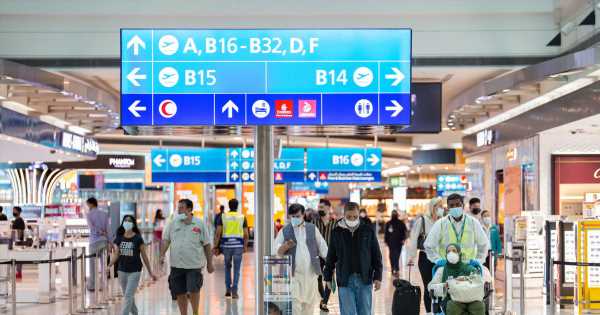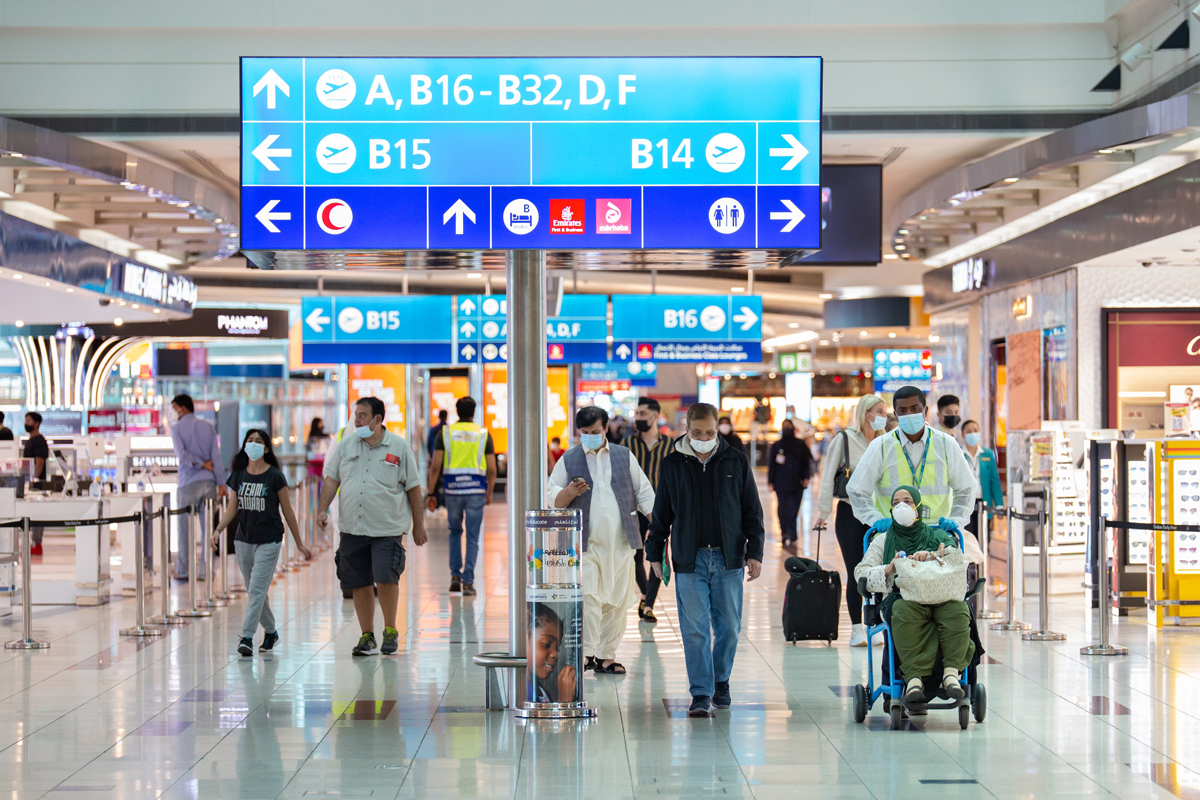Middle East airlines set to suffer $11.4bn losses in 2021-22 as Covid impact persists
New IATA figures reveal that regional carriers will continue to sluggish performance as they rely heavily on international markets
Middle East carriers are expected to see a very limited improvement in their financial performance from a $6.8 billion loss in 2021 to a $4.6 billion loss in 2022 as the coronavirus pandemic continues to impact.
According to the International Air Transport Association’s (IATA) latest outlook for the airline industry, without large domestic markets, the region’s major carriers rely significantly on connecting traffic, especially to Asia-Pacific which has been slow to re-open to international traffic.
Globally, IATA said net industry losses are expected to reduce to $11.6 billion in 2022 after a $51.8 billion loss in 2021. Net 2020 loss estimates have been revised to $137.7 billion (from $126.4 billion). Adding these up, total industry losses in 2020-2022 are expected to reach $201 billion.
Demand is expected to stand at 40 percent of 2019 levels for 2021, rising to 61 percent in 2022, IATA said on Monday.
Total passenger numbers are expected to reach 2.3 billion in 2021. This will grow to 3.4 billion in 2022 which is similar to 2014 levels and significantly below the 4.5 billion travellers of 2019.
Robust demand for air cargo is expected to continue with 2021 demand at 7.9 percent above 2019 levels, growing to 13.2 percent above 2019 levels for 2022.
“The magnitude of the Covid-19 crisis for airlines is enormous. Over the 2020-2022 period total losses could top $200 billion. To survive airlines have dramatically cut costs and adapted their business to whatever opportunities were available. That will see the $137.7 billion loss of 2020 reduce to $52 billion this year. And that will further reduce to $12 billion in 2022. We are well past the deepest point of the crisis. While serious issues remain, the path to recovery is coming into view. Aviation is demonstrating its resilience yet again,” said Willie Walsh (pictured above), IATA’s director general.
While air cargo is performing well, and domestic travel will near pre-crisis levels in 2022, the challenge is international markets which remain severely depressed as government-imposed restrictions continue, he said.
“People have not lost their desire to travel as we see in solid domestic market resilience. But they are being held back from international travel by restrictions, uncertainty and complexity. More governments are seeing vaccinations as a way out of this crisis,” Walsh added.
“We fully agree that vaccinated people should not have their freedom of movement limited in any way. In fact, the freedom to travel is a good incentive for more people to be vaccinated. Governments must work together and do everything in their power to ensure that vaccines are available to anybody who wants them.”
Re-establishing global connectivity, the 11.3 million jobs (pre-Covid-19) in the aviation industry, and the $3.5 trillion of GDP associated with travel and tourism should be priorities for governments, Walsh stressed.
According to IATA figures, demand is expected to reach 40 percent of pre-crisis (2019) levels in 2021. Capacity is expected to increase faster than demand growth, reaching 50 percent of pre-crisis levels for 2021. The average passenger load factor in 2021 is expected to be just 67.1 percent, a level not seen since 1994.
In 2022 overall demand is expected to reach 61 percent of pre-crisis (2019) levels. Capacity is expected to continue to increase faster than demand, reaching 67 percent of pre-crisis levels for 2022. Average passenger load factors are expected to recover to 75.1 percent, a level exceeded in every year since 2005 until this crisis hit, and far below the 82.6 percent record set in 2019.
Dubai Airports forecasts doubling of visitors in 2022 as curbs ease
Lifting of curbs between Dubai and countries such as the UK, US and Saudi Arabia will have a “massive impact” on the Gulf state, according to CEO Paul Griffiths
In 2021, international demand is expected to reach just 22 percent of pre-crisis (2019) levels, expected to reach 44 percent in 2022.
IATA said the passenger business will contribute $227 billion to industry revenues in 2021, rising to $378 billion in 2022.
Airlines achieved aggressive cost reductions having reduced overall expenses by 34 percent in 2021 compared to 2019. Costs, however, will rise in 2022 and will be only 15 percent lower compared with pre-crisis levels with expanded operations and higher fuel prices, the authority added.
Source: Read Full Article





